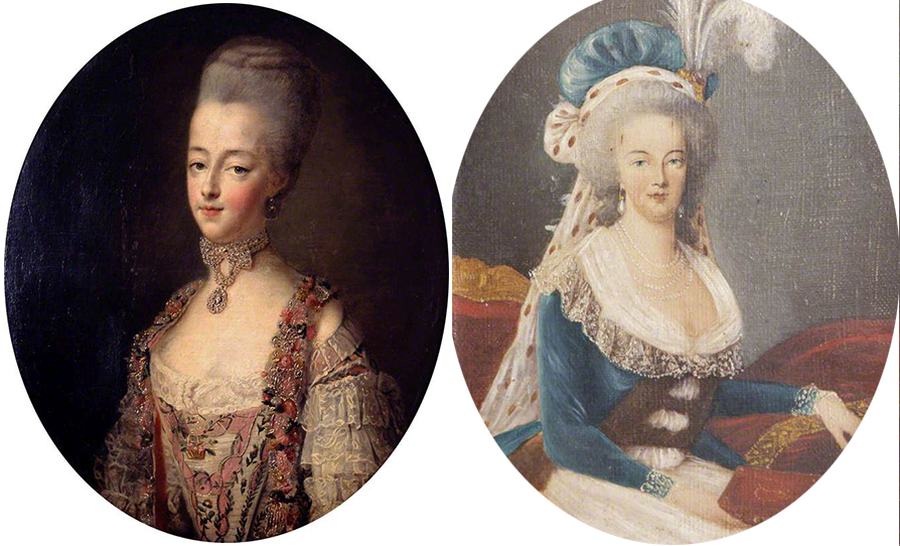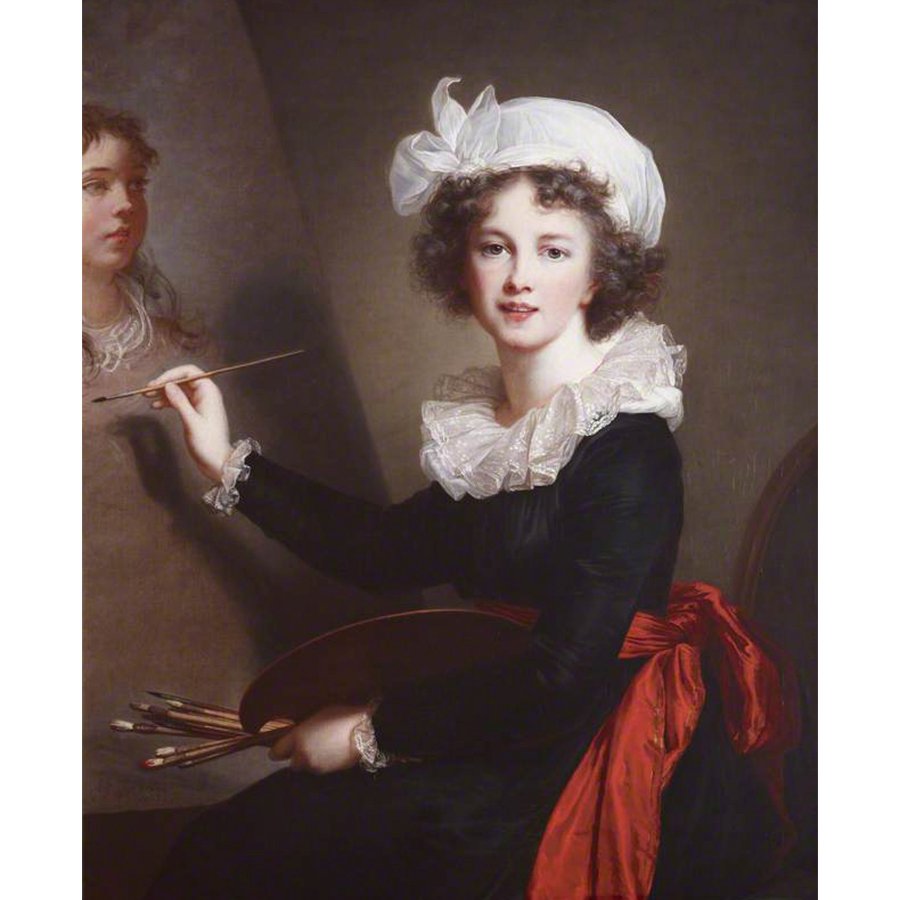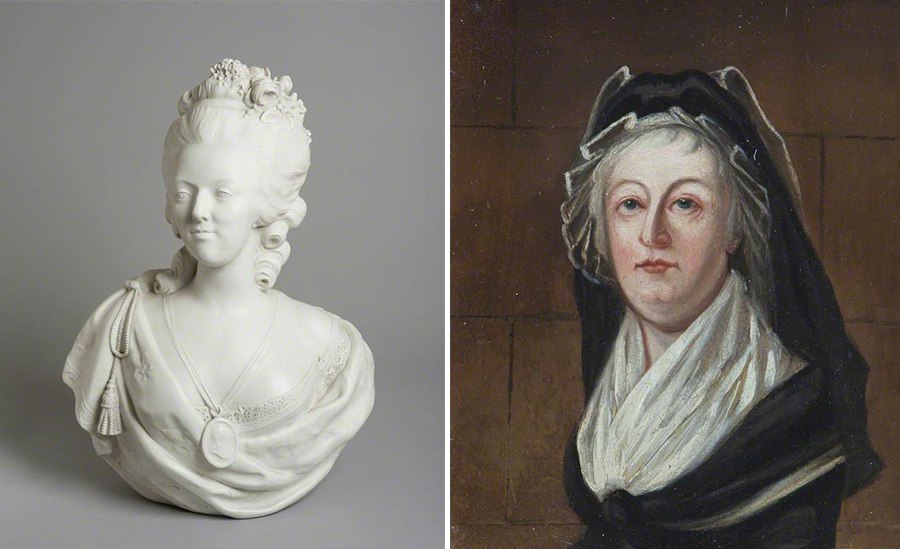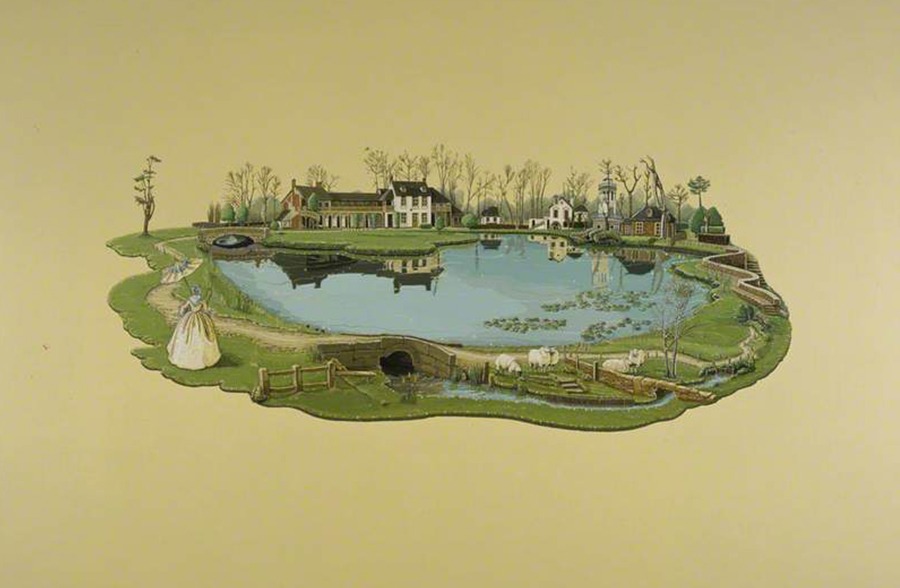The guillotined queen: the tragic fate of Marie Antoinette
Scott Cai
July 13, 2024
[New Sancai Compilation and First Release] French King Louis XVI (Louis XVI, 1754–1793) became an impressive figure after marrying Marie Antoinette (1755–1793), a young princess from the Holy Roman Empire. An enviable couple.
Marie Antoinette was an Austrian princess, with angelic looks and feminine graces. All eyes were on her, and people wondered what kind of queen she would become: a patron of the arts. ? Cautious diplomat? Husband’s political advisor? Or a competent wife? But it turned out that she was better than all the above, and she left her own page in French history.

△ Portrait of French Queen Marie Antoinette.
Marie Antoinette was a passionate musician - she played the harp and harpsichord, and was taught by the composer Gluck (1714-1787) as a child.
Marie Antoinette also became the patron of many artists, such as the female painter Élisabeth Louise Vigée Le Brun (1755-1842), who became the queen's official portraitist. Le Brun painted 660 portraits and 200 landscapes during her lifetime, and her art can now be found in many museums around the world, such as the Louvre, the National Gallery in London, and the Metropolitan Museum of Art in New York.

△ Madame Le Brun's "Self-Portrait".
Marie Antoinette was obsessed with fashion, designing new clothes and hairstyles, and ignoring tradition, which made the jobs of her ladies-in-waiting even more difficult than usual.

△ Queen Marie Antoinette.
Between 1783 and 1785, Marie Antoinette built a small village on the banks of the Grand Trianon Lake in Versailles (pictured below). There she would pretend to be a shepherdess, as imagined in this modern work.

△ A small village built by Marie Antoinette on the lakeside.
Although Marie Antoinette had a huge impact on art and was initially beloved by the French people, her extravagance during difficult economic times soon made her a target both inside and outside the court. As she provided political advice to her husband Louis XVI, the more criticism she received, the more it began to affect her husband's reputation.
△Louis XVI.
When the French Revolution broke out in 1789, Marie Antoinette's ambivalent attitude caused great damage to the French monarchy. After her family in Austria advises her to flee, she is torn between her willingness to compromise and her fear of the will of the people. Unfortunately, the royal family chose to flee, which led to the end of the French monarchy.
△Louis XVI and his family.
Louis XVI was tried for treason and eventually executed on January 21, 1793. His reign will forever be stained by his failure to preserve the monarchy and the Bourbon dynasty, and will forever be associated with the French Revolution.
Marie Antoinette was supposed to have a great destiny and future as Queen of France – but her final moments were far from glamorous. She was imprisoned along with her children and maids, tried for treason, and executed on October 16, 1793, at the age of 37.
△ Marie Antoinette was guillotined.
Marie Antoinette's death sparked outrage across the rest of Europe, as most of her siblings served as leaders in other countries. Her sister, Maria Carolina of Naples, promised to avenge her and developed a pure hatred for what France had done.
In her final moments, Marie Antoinette wrote to her sister-in-law, Madame Elisabeth, with whom she had developed a close and sincere friendship over the years.
Marie Antoinette's only thoughts were her children and she was able to protect them even after her death.
The letter she left behind said: "Let them both reflect on what I have constantly taught them: moral principles and conscientiousness are the first foundations of life;" Their happiness will depend on their mutual affection and trust. She ended her letter by writing, "Let them never avenge our deaths." Marie Antoinette wanted her children to remember her wise words and motherly love.
Sadly, all of her children died in infancy, except for Marie-Thérèse, who later became the Duchess of Angoulême.
Even to this day, especially in France, Marie Antoinette remains a controversial figure. Any association with her in Britain was not a flattering one. Her legacy remains more complicated.
(Author: Estelle Paranque)
(Compiled by: Bai Ding)
(Editor: Jiang Qiming)
(Source of the article: Compiled and published by New Sancai)
